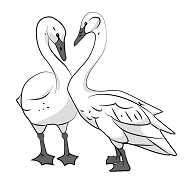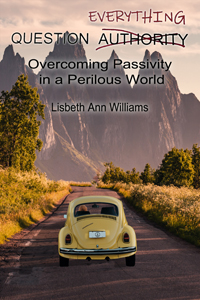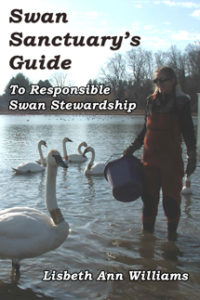Last spring I had to begin from scratch to make a garden. I had a 64 foot by about twelve foot area that stretched alongside an irrigation canal in which mostly weeds and grasses were growing. Within that space I dug four hügelkultur beds; layering cardboard, then biomass that I had collected, and finally the soil that I had dug out. I might add that I enlisted no help from anyone. It was hard work and I am a woman in my mid-sixties. I was on a limited budget so I planted four different varieties of wildflower seeds. In the spaces remaining, I grew tomatoes, zucchini, and several herbs. Nearly all of the flowers came up and thrived. I had also planted cucumbers, but they never grew because they were shaded by the borage. I realized later that I should have started the watermelon indoors because the growing season was far too short for it to succeed. I brought a couple of truckloads of free mulch from the recycle center which I laid down between the beds. (I put down black plastic underneath for about six weeks to kill the weeds.) The garden thrived in the short time it had to do so.
My garden was listed in the town’s garden tour. It had cost me only around $40 or $50 for the few things that I needed, including seeds. I already had some seeds and I had started the tomatoes and the basil indoors. I had begun a compost pile the previous fall and I was able to use it mid-season in the beds and again at summer’s end. I had been invited to the local garden club where I heard many members complaining about their gardens being decimated by grasshoppers. There were grasshoppers near, behind, and even in my garden; but they did not eat any of my plants. Their favorite food was the grasses behind my garden, growing down the bank into the canal. And, since I had erected my birdfeeders and birdbath in the area as well, I knew that the robins and blue jays were dining on the grasshoppers. I want to make people understand that it is the monocultures and lack of companion planting that contributes to their garden failures. My polyculture of numerous flowers, herbs, and vegetables was the perfect recipe for a thriving garden.
This spring I will begin again in a new space. Instead of going the wildflower seed route, I am starting more plants early, from seed indoors. I am limited in that I do not have a greenhouse (yet!) or a cold frame; but I have one grow light, two heat mats, and a lot of windows! Yesterday I began rosemary, Echinacea, and lavender. I am excited at the prospect of the coming spring. I will also be getting chickens again, which will help control any grasshoppers and help to nourish the soil.
It is no surprise that often, when I sit down to write I find myself writing about gardening – or the animals and birds visiting my yard. I can assure you that we will visit this topic again, possibly weekly!



